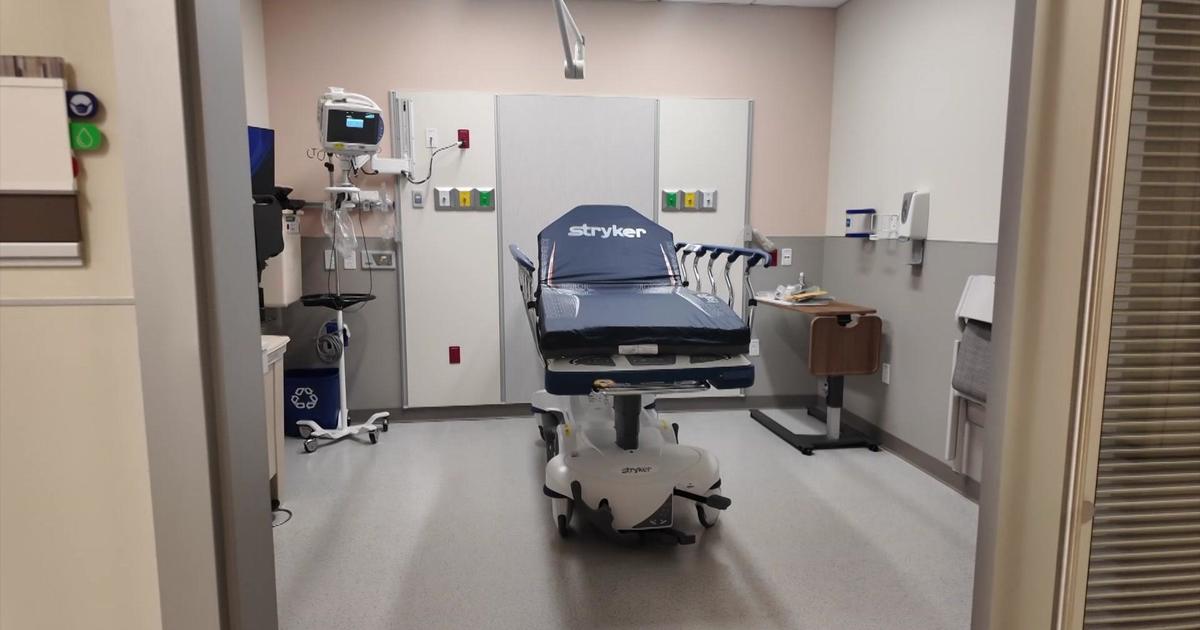Health Watch: Lumpectomy
NEW YORK (CBS 2) -- It's one of breast cancer surgery's biggest advances in recent years: breast conserving surgery or lumpectomy. Unfortunately it also means a fairly long series of radiation treatments to keep the cancer from coming back. As CBS 2's Dr. Max Gomez reports, now there's an easier way to administer those treatments.
The reason radiation is important after a lumpectomy is to reduce the chance that a woman will suffer what's called a local recurrence, meaning that the cancer will come back in the same spot as the original tumor.
That usually means six or more weeks of daily treatments.
A routine mammogram looks pretty clear and normal, until you look really closely at tiny white specks. "We call it microcalcifications. It's an early sign of cancer. We call it ductal cancer in situ," said Dr. Roy Ashikari of St. John's Riverside Hospital.
"It was disheartening. You know, it's always bad news. Of course you don't know how bad it is and what they're going to have to do," said Dorothy Forese, breast cancer patient.
Fortunately Dorothy had been having regular mammograms so her cancer was an early enough stage that she was able to have a lumpectomy just a few months ago. But then she was facing weeks of radiation therapy to prevent a recurrence of her breast cancer.
"I think it's a major inconvenince for the patient, especially for the elderly patient has a difficult time for transport, it's difficult," Dr. Andrew Ashikari said.
There may be an easier way. A device called the intrabeam delivers a dose of radiation right in the tumor bed, meaning the area where the cancer was just removed. The advantage is that it happens during the same procedure as the lumpectomy, so when the patient awakens, her treatment is complete.
A recent study found that this approach was just as good as weeks of conventional radiation.
"There is an equivalent local control rate. In other words the amount of patients that reoccured was the same relatively in each group. So it was a positive trial for using just this intraoperative radiation for the select group of patients with lower risk cancers," said Dr. Andrew Ashikari.
Aside from the obvious convenience, the intrabeam tends to cause fewer side effects. "I feel nothing. No problems, the recovery time was no time," Forese said.
The key here is that the patients who were part of the study were all considered low-risk, meaning most were older and had very early stage, not very aggressive breast cancers.
It's not clear whether the intrabeam would be as effective for women who had more advanced cancers.



